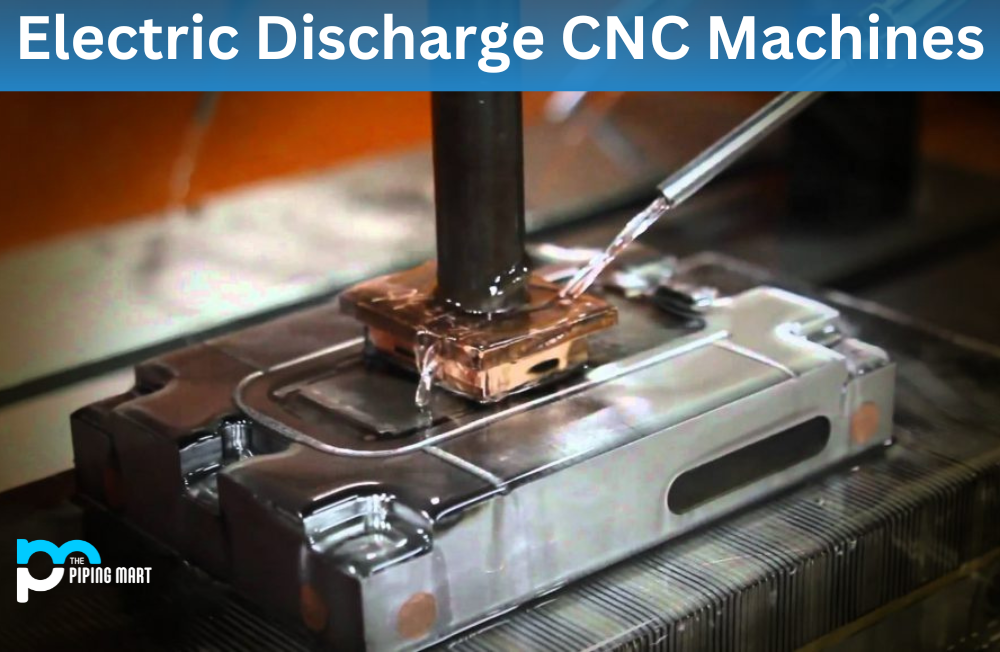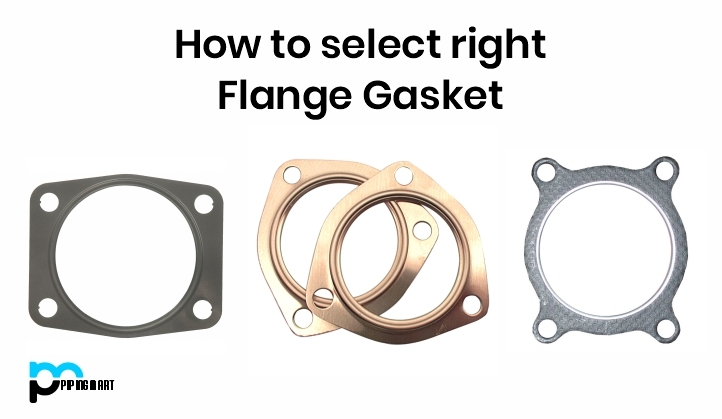When you open the hood of your engine, you may come across a device you need to familiarize yourselfare with – the power valve. A power valve is an essential piece of equipment responsible for controlling the fuel-air mixture in your engine, which can affect its performance. There isn’t just one type of power valve, though – there are different types with varying uses. In this blog post, we will discuss the types of power valves and their uses so you can have a better understanding of how they work and make more informed decisions when choosing one for your vehicle.
Types of Power Valve:
Vacuum-based power valves –
One of the most common types of power valves is the vacuum-based power valve. This type of power valve is controlled by the vacuum pressure of the engine and is designed to open and close based on the level of vacuum in the engine. The vacuum-based power valve is ideal for those looking for better fuel efficiency; it closes when the amount of vacuum drops, which restricts fuel flow and ultimately saves fuel.
Mechanical power valves –
The mechanical power valve operates via a mechanical linkage instead of relying on vacuum pressure. It is commonly used in cars with high-performance engines, as it can be adjusted to deliver more fuel when the engine requires more power. The mechanical power valve can open at a certain RPM, making it perfect for drivers who prefer to work with manual controls rather than computer-controlled engines.
Electronic power valves –
In contrast to vacuum-based and mechanical power valves, electronic power valves are controlled by an electronic control unit (ECU). The ECU receives information from sensors throughout the engine and adjusts the airflow and fuel mixture accordingly. Electronic power valves are known for their accuracy and efficiency and are often used in modern engines that require precise control over the fuel-air mixture.
High-flow power valves –
High-flow power valves are designed to deliver more fuel to the engine than traditional power valves can. They can be used in engines that require a higher fuel flow rate, such as high-performance vehicles or engines that have been modified for racing purposes.
Tapered power valves –
Tapered power valves are unique as they provide different levels of fuel flow depending on the level of engine vacuum. They gradually open as the vacuum in the engine drops, which leads to an increase in fuel flow. Tapered power valves are suitable for those who want a more accurate fuel-flow system that automatically adjusts to the engine’s running condition.
Conclusion:
A power valve is a vital engine component that can dictate the fuel-air mixture and, ultimately, your vehicle’s performance. Knowing the types of power valves and their uses can better equip you to choose the right one for your car, depending on whether you prioritize fuel efficiency, power, or a balance of both. Whether you own a high-performance vehicle or a vintage car, there is a power valve out there that will meet your needs. Get in touch with your mechanic or auto parts provider and discuss the options available to you and how they might improve the way your engine performs.

Meet Bhavesh, a seasoned blogger with a wealth of knowledge and experience. From metal products manufacturing to retail, Bhavesh has a diverse background in various industries and is dedicated to sharing his insights and expertise with readers.




